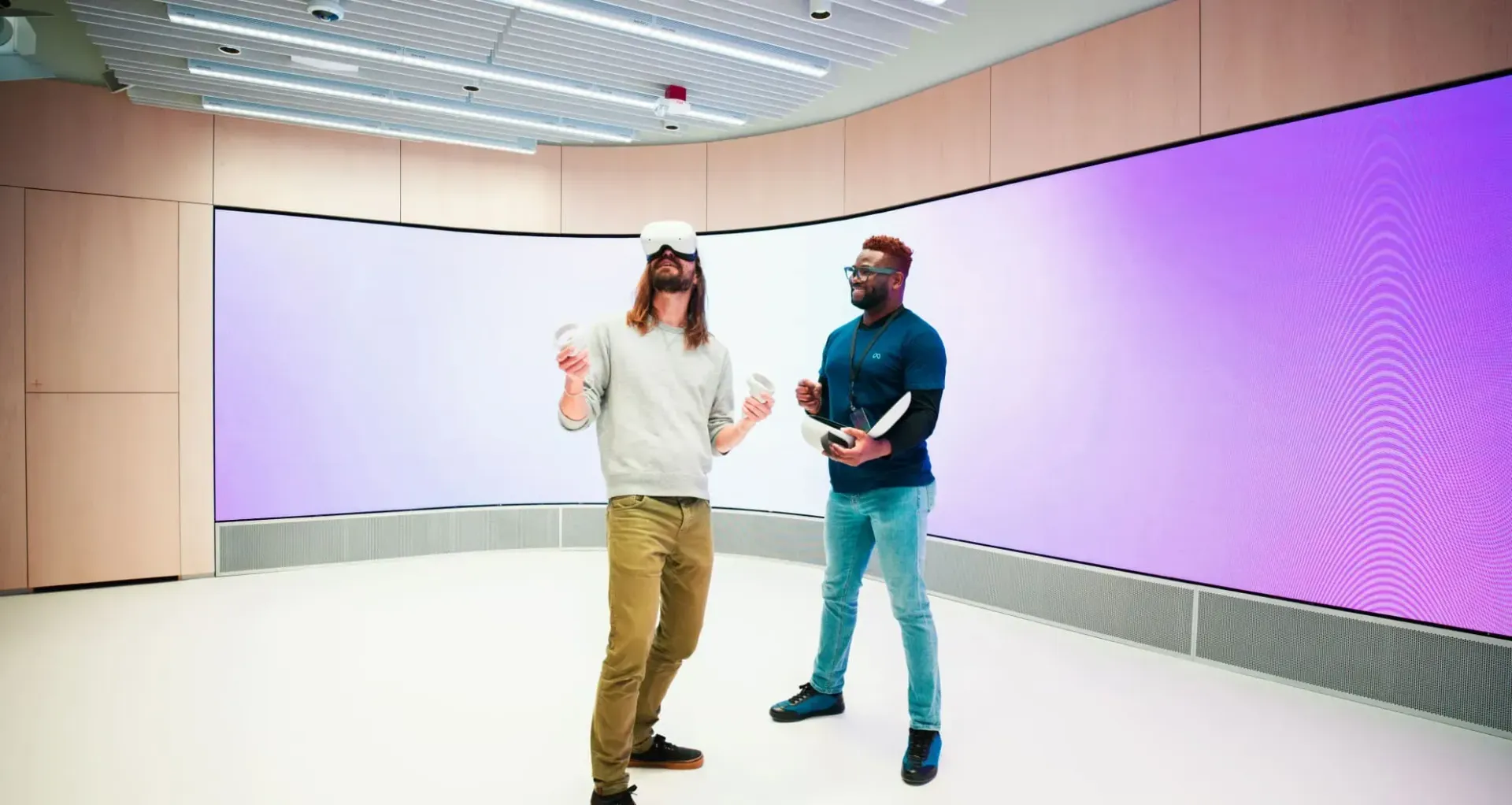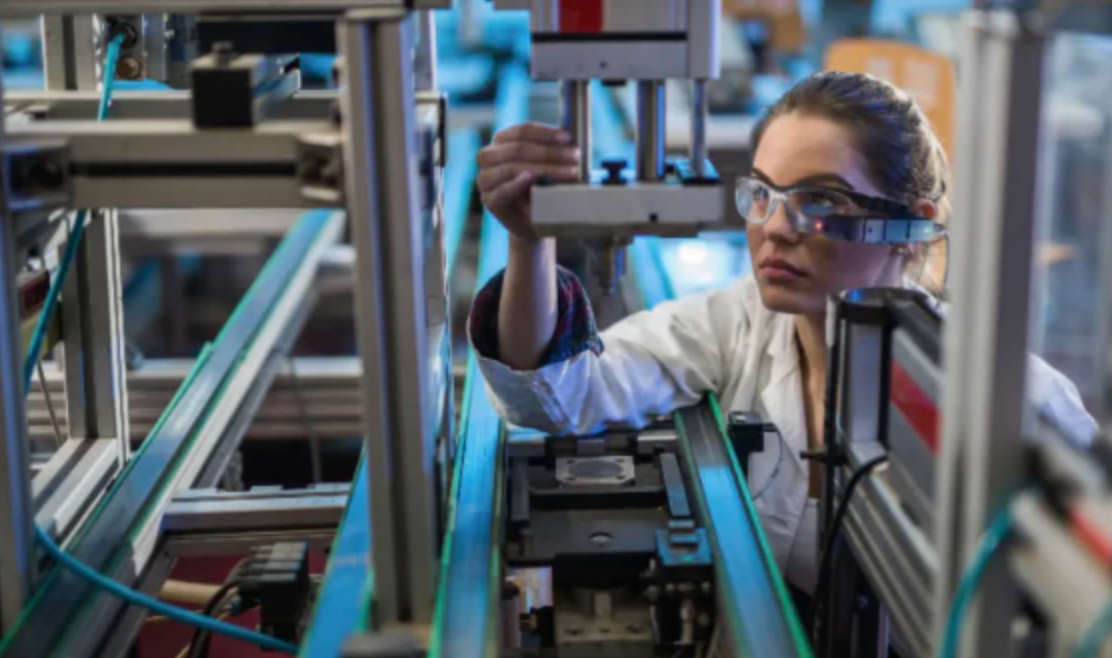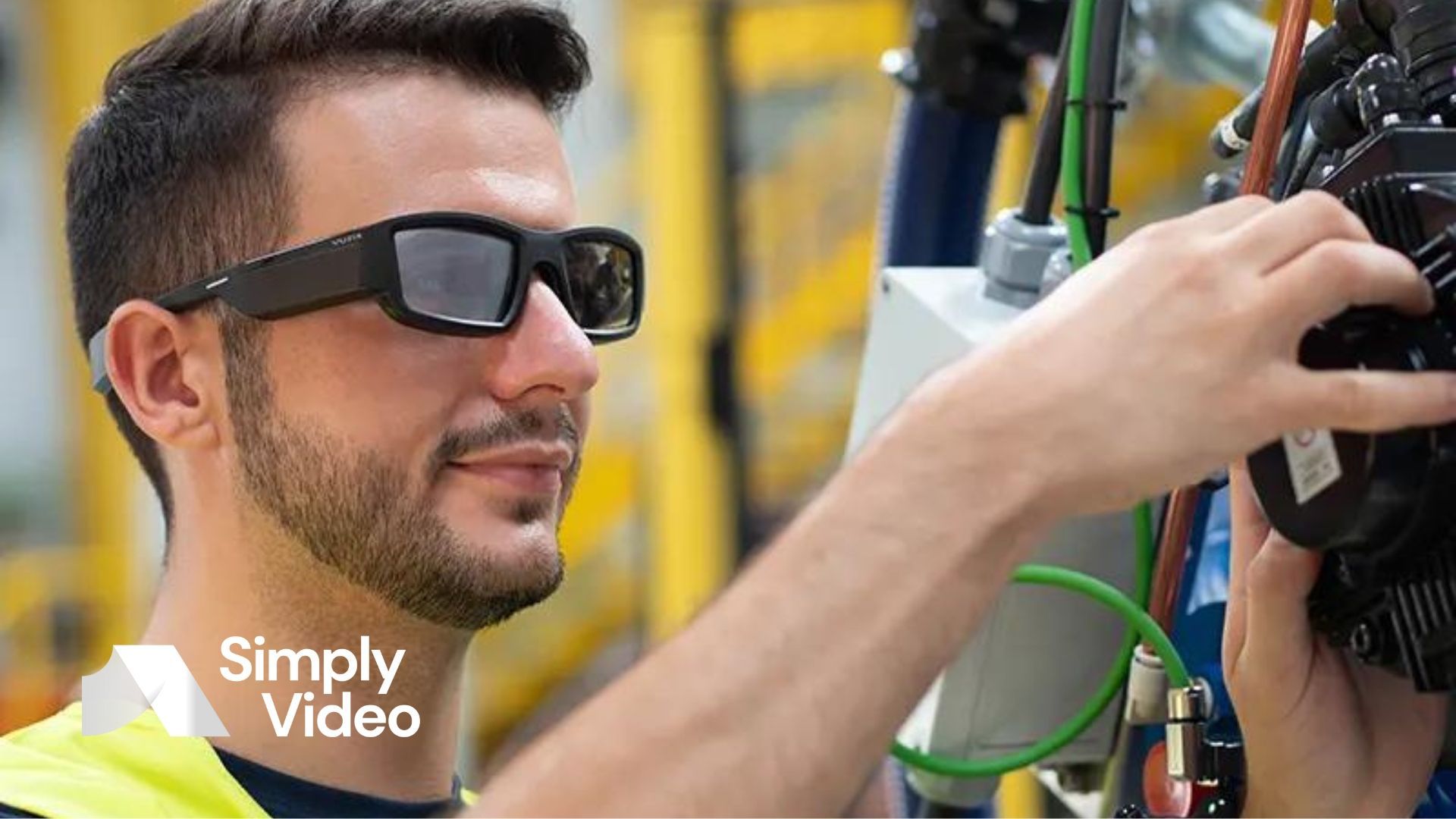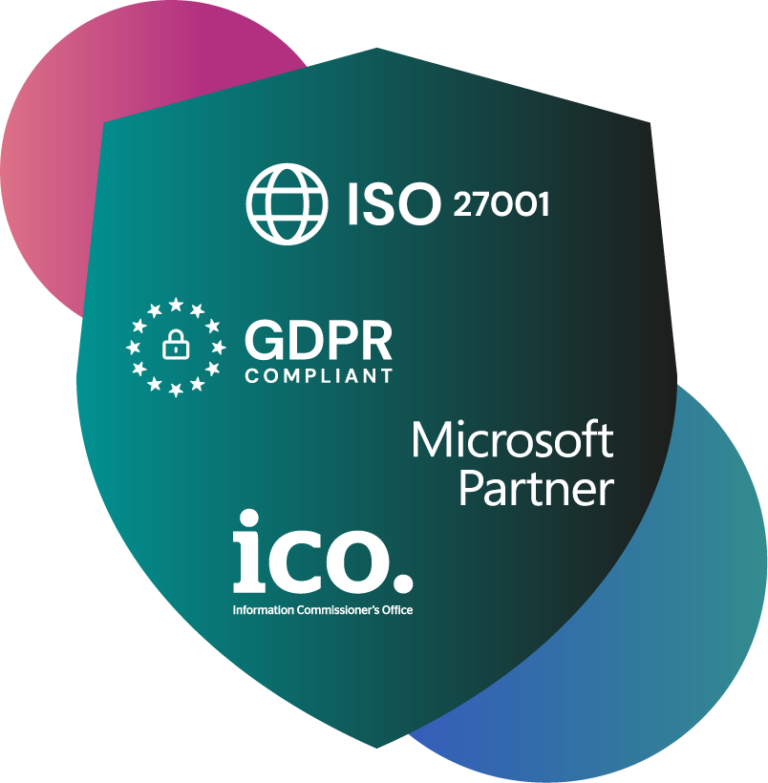Immersive learning in higher education
Extended reality is transforming many areas of life – and higher education is no exception. Learn how immersive learning makes lessons more engaging.

Extended reality (XR) refers to a family of cutting-edge technologies that provide immersive experiences.
Users put on headsets or smart glasses that alter their visual field. They can see anything from a floating screen to 3D digital objects – all the way to full-blown virtual worlds.
It's an exciting area of technology that's making waves in pretty much every industry. But did you know it's also being rolled out in higher education?
Educators are always looking for better ways to engage and inform. There's a reason that rote textbook learning has largely taken a backseat. XR is the next step on this journey of innovation.
Learners can experience digitally rendered content in two ways – augmented reality (AR) or virtual reality (VR).
AR is where digital objects are superimposed on the real world. Imagine a game of
Pokémon Go – but instead of catching digital critters, you're walking around a 3D model of the human heart.
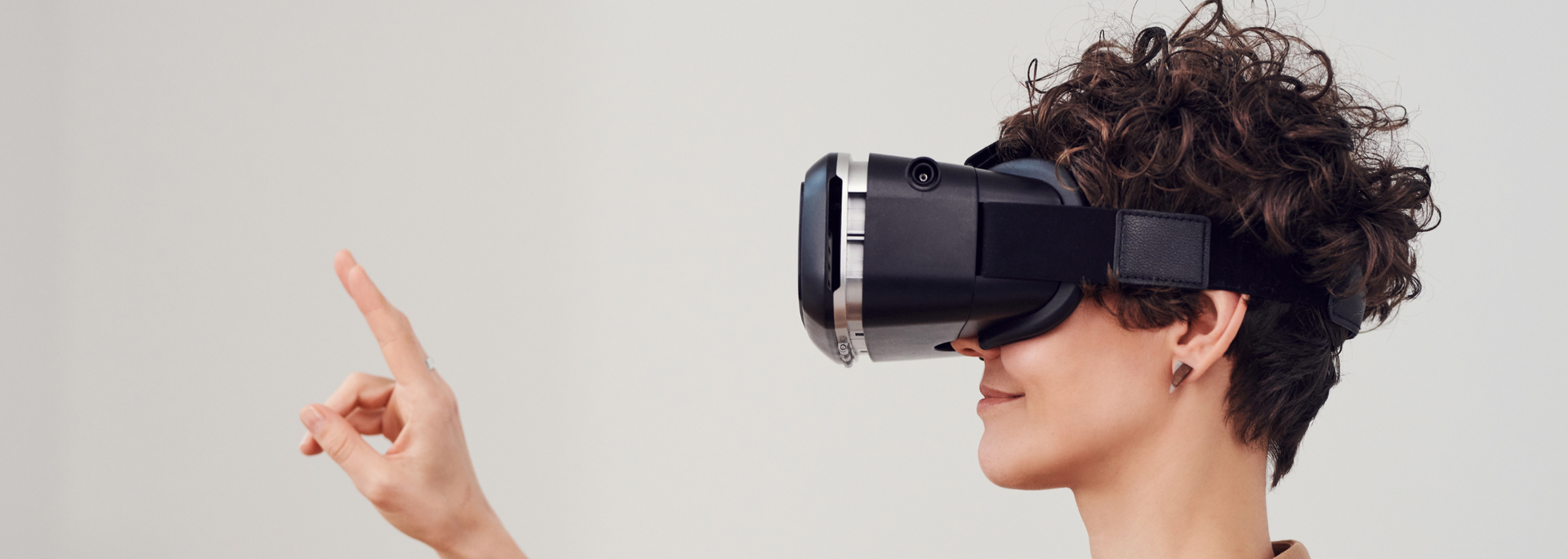
VR is more immersive. In mainstream use, it's most commonly encountered in the form of VR arcades, where people with headsets and controllers shoot zombies, drive race cars and fly planes.
But in higher education, it can provide immersive learning environments – virtual field trips, if you will. Not every student can afford to visit the Pyramids at Giza, but with immersive learning, that barrier is removed.
Immersive learning in the context of higher education is still in its infancy – but it's already being used in a variety of creative ways.
It's making valuable contributions to STEM education, technical training, arts and humanities and more.
Where does XR fit into edtech?
XR is the logical continuation of a move away from traditional textbook learning to more active, learner-centred methodologies. This move has gone hand in hand with advances in digital technologies.
In a 2019 Gallup poll, 65% of teachers in North American public schools said they used digital tools daily. And a 2018 survey of higher education institutions revealed that over two-thirds had deployed AR or VR solutions.
Whichever way you slice it, there's an appetite for XR.
VR is the newest and most immersive way for educators to simulate hands-on experiences and build replicas of real-world objects. Take a trip to the stars or the Terracotta Army – with VR, the possibilities are limitless.
AR, by contrast, allows users to maintain situational awareness. This is invaluable when the simulation teaches a high-risk scenario – machine repair, for instance, or a surgical procedure.
What are the advantages of immersive learning?
1. It enables learning through doing
Educators have long known the advantages of learning through doing. It engages students by putting them at the centre of the educational experience.
But it's not always possible – either because resources are scarce or the scenario in question raises too many safeguarding issues.
VR and AR offer a way around this problem by providing virtual simulations that are risk-free. The worst your students will feel is a bit of motion sickness – and that usually passes quickly.
2. It improves focus
Even if your classroom is a phone-free zone, students are prone to distraction. Immersive learning plunges them into a virtual environment free from the usual interruptions.

This can heighten your students' focus and make them more engaged – a state of alertness that's likely to translate into improved well-being and even higher grades.
3. It's user-centred
If you felt disengaged at school, it's probably because you didn't feel any control over the learning experience. You were just another number waiting to be talked at.
With XR, students become the focus of their educational experience – either singly or as part of a team.
4. It improves knowledge retention
We're not going to pretend that the data on this is crystal clear. XR solutions are still in their infancy and sample sizes are still small.
But the signs are good. In the context of workplace training, for instance, studies show that knowledge retention is improved by VR. This will likely be the case in higher education, too.
5. It's accessible
Like video conferencing and hybrid working, XR opens up opportunities for students with disabilities or who are otherwise unable to attend in person.
With XR, anyone can participate in workshops, seminars and conferences. Distance, money and mobility are no longer barriers to engagement.
Immersive learning programmes
Some higher education institutions have set up immersive learning programmes.
At Colorado State University, for instance, medical students can participate in immersive simulations. This equips students with hands-on experience while simultaneously cutting equipment costs.
Meanwhile, Harvard has opened its AR/VR Studio – a facility that's open to all full-time students. The studio offers open sessions and guided workshops to familiarise students with AR and VR devices – and show them how they can be used for immersive learning.
Immersive learning in STEM
Want to teach your students about the impact of climate change on polar environments? Or show them galaxies, black holes and more?
With VR, you can provide students with hands-on virtual experiences that are either logistically difficult or physically impossible otherwise.
Immersive learning and medical training
In Oxford, VR simulations are available to students practising patient care – everything from taking a medical history to administering treatments.
These simulations have one great advantage – repeatability. Students can practice till perfect – something that is often impossible in real-world medical training.
Introducing SimplyVideo Stage
Here at SimplyVideo, we're excited by the potential that immersive learning has for higher education.
That's why we've created Stage – a collaborative
virtual learning environment that lets you build immersive virtual classrooms for your students.
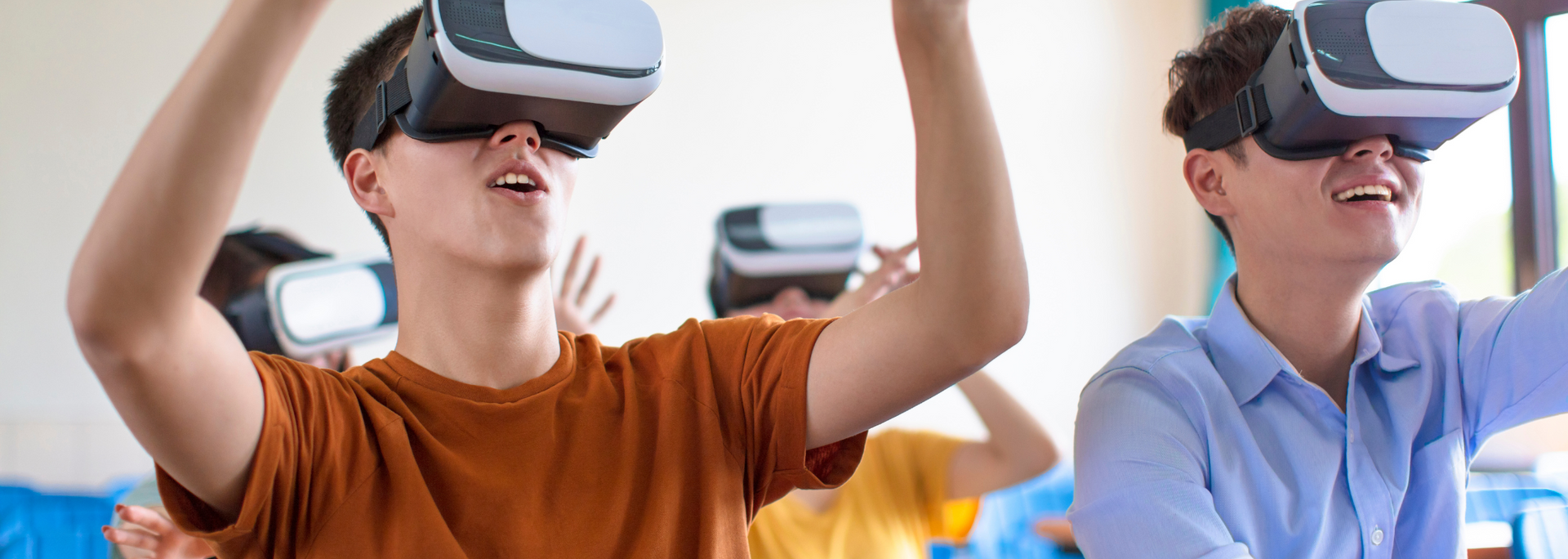
Whatever discipline you work in and whatever learning outcomes you're pursuing, Stage can help you to make your lessons more engaging, more collaborative and more focused.
Equipped with tablets, students engage with your holographic virtual environments – whether that's a trip to Mount Etna or the workings of a quarry. Where in the world will you take them?
Learn more about Stage and how it can help take higher education into the next dimension.
